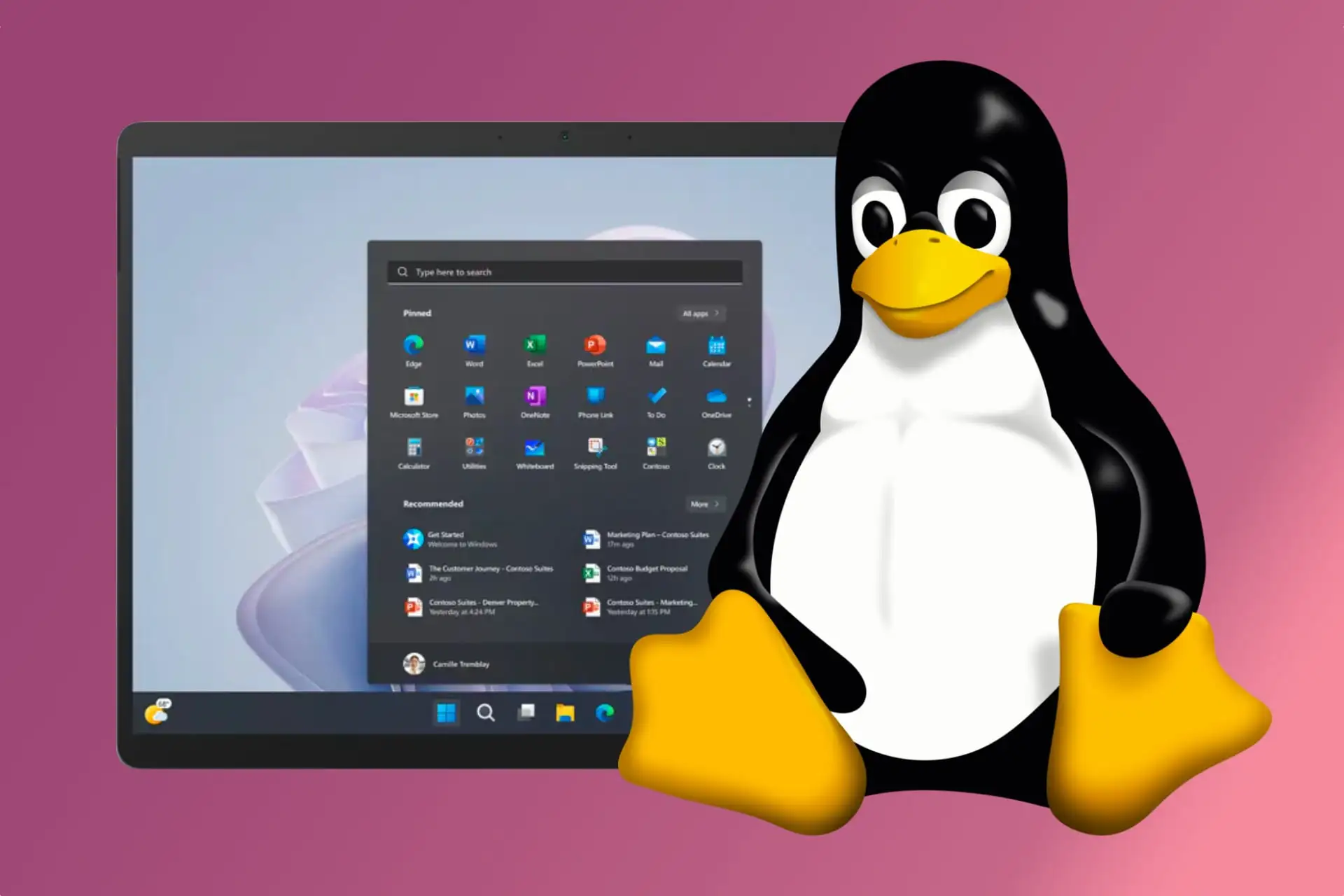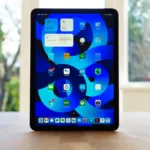How To Take Screenshots In Linux?
In the dynamic realm of Linux operating systems, the ability to efficiently capture screenshots stands as a crucial skill, enabling users to communicate ideas, document processes, and troubleshoot with precision. Whether you’re a seasoned Linux enthusiast or a novice exploring the open-source world, understanding the diverse methods of taking screenshots is vital for seamless and effective communication. Additionally, from the traditional use of the Print Screen (PrtScn) button to the more intricate command line utilities, Linux provides an array of user-friendly options for capturing and saving screen activities. Knowing the best techniques for taking screenshots in Linux can significantly streamline your workflow, bolster your technical documentation, and facilitate clearer communication within the Linux community and beyond.
In this guide, we will explore some of the simplest and most effective ways how to take screenshots in Linux, ensuring that you can harness the power of visual communication in your Linux endeavors with confidence and ease.
Ways To Take Screenshots On Linux:
Taking Screenshots On Linux Using The Print Screen (PrtScn) Button:
To take a screenshot using the Print Screen (PrtScn) button in Linux, follow these steps:
First, you have to Locate the PrtScn button on your keyboard. It is usually found in the upper-right area.
Press the PrtScn button. This action will capture the entire screen.
Now screenshot will be saved on your device.
Open an image editor, such as GIMP or LibreOffice Draw.
Paste the screenshot into the editor by pressing Ctrl + V or selecting “Paste” from the application menu.
Save the image to your desired location by choosing “Save As” from the file menu.
Using the PrtScn button is a quick and convenient way to capture your screen, making it an accessible option for those looking to take basic screenshots in Linux.
Taking Screenshots Linux Using The Print Screen With a Delay:
To take a screenshot with a delay using the Print Screen button in Linux, you can follow these steps:
Press the Print Screen (PrtScn) button on your keyboard. Moreover, this action will open a menu with various screenshot options.
Look for the option that allows you to capture with a delay. Additionally, in some Linux distributions, this may be labeled as “Take a Screenshot” with a specified delay time.
Choose the desired delay time. Typically, you can select a delay ranging from a few seconds to a minute, depending on your requirements.
Position the screen or window you want to capture within the designated time frame.
The screenshot will be taken automatically after the specified delay and saved to your clipboard or a designated location, depending on your settings.
Taking Screenshots On Linux Using The Screenshot Tool (GNOME Screenshot):
To take a screenshot using the Screenshot tool (GNOME Screenshot) in Linux, you can follow these steps:
Open the application menu and search for “Screenshot” or “GNOME Screenshot.”
Launch the Screenshot tool by clicking on the relevant option.
Choose the type of screenshot you want to capture. You can select options such as “Grab the whole screen,” “Grab the current window,” or “Select an area to grab.”
If you choose to “Select an area to grab,” use your mouse to draw a rectangle around the area you want to capture.
After capturing the screenshot, the Screenshot tool may provide options for saving the image or copying it to the clipboard.
If you wish to make annotations or edits, the tool may also provide basic editing features.
The GNOME Screenshot tool is a user-friendly option for capturing various types of screenshots, providing essential features such as capturing specific windows or areas of the screen, along with basic editing functionalities.
Taking Screenshots On Linux Command Line Method With “Scrot”:
To take a screenshot on Linux using the command line method with “Scrot,” follow these steps:
Open the terminal on your Linux system.
Ensure that the “Scrot” utility is installed. So, now you have to install the Scrot app on your device you can install it using your internet package.
Once “Scrot” is installed, use the following command to take a screenshot of the entire screen:
This will capture the entire screen and save it as “screenshot.png” in the current directory.
If you want to capture a specific area of the screen, you can use the `-s option with “Scrot.” For example:
This command will allow you to select the area you want to capture using the mouse.
The screenshots will save in the current working directory unless you specify a different location in the command.
Using “Scrot” in the command line provides a quick and efficient way to take screenshots in Linux, making it an ideal method for users who prefer working in the terminal environment.
Taking Screenshots On Linux Using Keyboard Shortcuts For Specific Actions:
Identify the specific keyboard shortcut for taking screenshots on your Linux distribution. Furthermore, common keyboard shortcuts for taking screenshots include combinations involving the “PrtScn” button, “Alt,” or “Shift” keys.
Press the designated keyboard shortcut to capture the screen, active window, or a selected area, depending on the predefined action associated with the shortcut.
The screenshot will be saved to your clipboard or in a designated location, depending on your system settings.
If necessary, open an image editor or application to paste and edit the screenshot.
Taking Screenshots On Linux For Specific Windows:
To take screenshots of a specific window on Linux, you can use the following steps:
Identify the specific window you want to capture.
Open the application menu or use the terminal to search for the screenshot utility installed on your Linux system. Moreover, some common tools include GNOME Screenshot, Spectacle, or “Scrot” for the command line method.
Choose the option to capture a specific window or select an area to capture.
Click on the window you want to capture to ensure it is in focus for the screenshot.
If using a specific tool, follow the prompts to save the screenshot to your desired location or clipboard.
If necessary, open an image editor to further edit or annotate the captured screenshot.
In Addition, Capturing screenshots of specific windows in Linux allows you to focus on a particular application or element, making it ideal for documenting specific processes, troubleshooting issues, or illustrating specific points in your work or communication.
Conclusion:
In the Linux ecosystem, the ability to effortlessly capture screenshots serves as a fundamental skill, empowering users to communicate effectively, document processes, and troubleshoot with precision. Furthermore, with a diverse array of user-friendly methods available, including the intuitive use of the Print Screen button, specialized delay options, powerful command-line utilities like “Scrot,” and the convenient GNOME Screenshot tool, users can seamlessly capture and share visual representations of their screen activity. Leveraging keyboard shortcuts for specific actions and capturing specific windows further enhances the efficiency and precision of the screenshot process in Linux.
Whether you are a Linux enthusiast, a developer, or a professional navigating complex technical environments, mastering the art of taking screenshots in Linux can significantly augment your productivity and communication capabilities. Moreover, by integrating these simple yet powerful techniques into your workflow, you can create comprehensive visual documentation, streamline issue reporting, and communicate complex concepts with clarity and precision, contributing to a more effective and collaborative Linux community.







